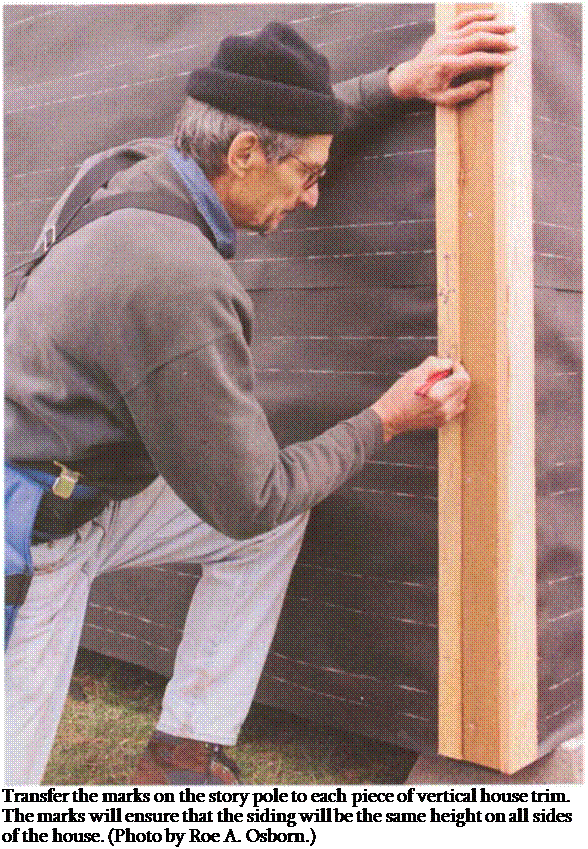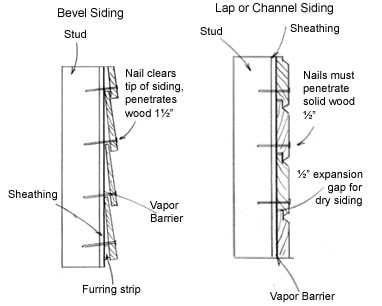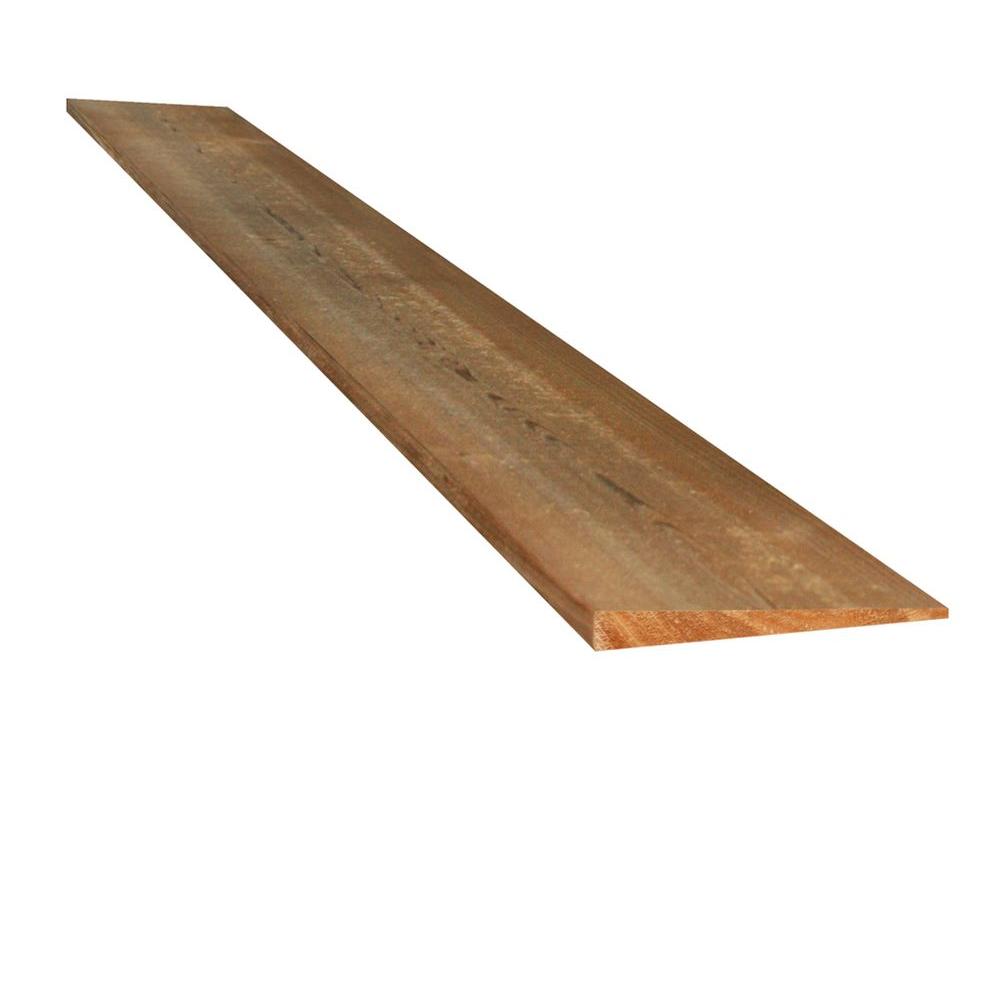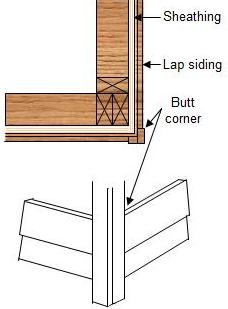The rabetted bevel dolly varden pattern features a 1 2 3 4 notch in the thicker butt end of the board this rabbeted edge cut allows the bevel siding panels to fit together in such a way as to protect joints from water infiltration.
First course of bevel siding.
Siding may be installed starting with the bottom course.
Clapboards have a triangular cut.
Bevel wood siding provides rustic warmth for homes and log cabins.
Each succeeding course overlaps the upper edge of the lower course.
Siding should be nailed to each stud or on 16 inch centers.
Start with the bottom course using a furring strip to support the lower edge.
Each succeeding course overlaps the one below.
For bevel siding this is a minimum of 1 inch.
This is the first of a 2 part series.
It is lumber that has been resawn at an angle resulting in two pieces.
One edge has a thick butt while the other edge is thinner.
Align the bottom of the bevel plank with the bottom of the starter strip with the end flush against the trim and.
Set the first bevel board in place against the trim at a corner of the house.
Click here to read a short course on cladding part 2.
When installed it is nearly impossible to tell the difference between dolly varden and bevel or clapboard siding.
Nail the clapboard to the studs.
Thinner at the top and wider near the lower more exposed part of the board.
It is produced by resaying lumber at an angle to produce two pieces thicker on one edge than the other.
It is normally blocked out with a starting strip the same thickness as the top of the siding board see figure a.
The dolly varden rabbeted bevel profile is an easier install while providing the same traditional bevel style and appearance.
Installing bevel siding clapboards spacing for the siding should be laid out beforehand.
They are lapped to shed water.
If more than one clapboard is needed to span a wall snap a chalk line between the marks on the corner boards on top of the course being overlapped.
Make sure the first course is level.
Bevel siding also referred to as clapboard siding is a very popular wood siding product.
Western red cedar bevel siding is the most widely used siding type.
The number of board spaces between the soffit and bottom of the lowest piece of siding at the foundation should be such that the overlap is as per the table.
Step 8 siding beside windows photo by david carmack.
Place the nail just above the overlap.
Carefully slide the notched piece of siding into place.
With dolly varden siding you get the appearance of bevel and clapboard siding but the convenience of self spacing thanks to the rabbet at the bottom to accept the top of the preceding course.
The most familiar type of wood siding is the clapboard a form of lap siding that s also called bevel siding.
Fasten bevel siding in place using one nail per bearing or stud spaced a maximum of 24 inches on center.



























